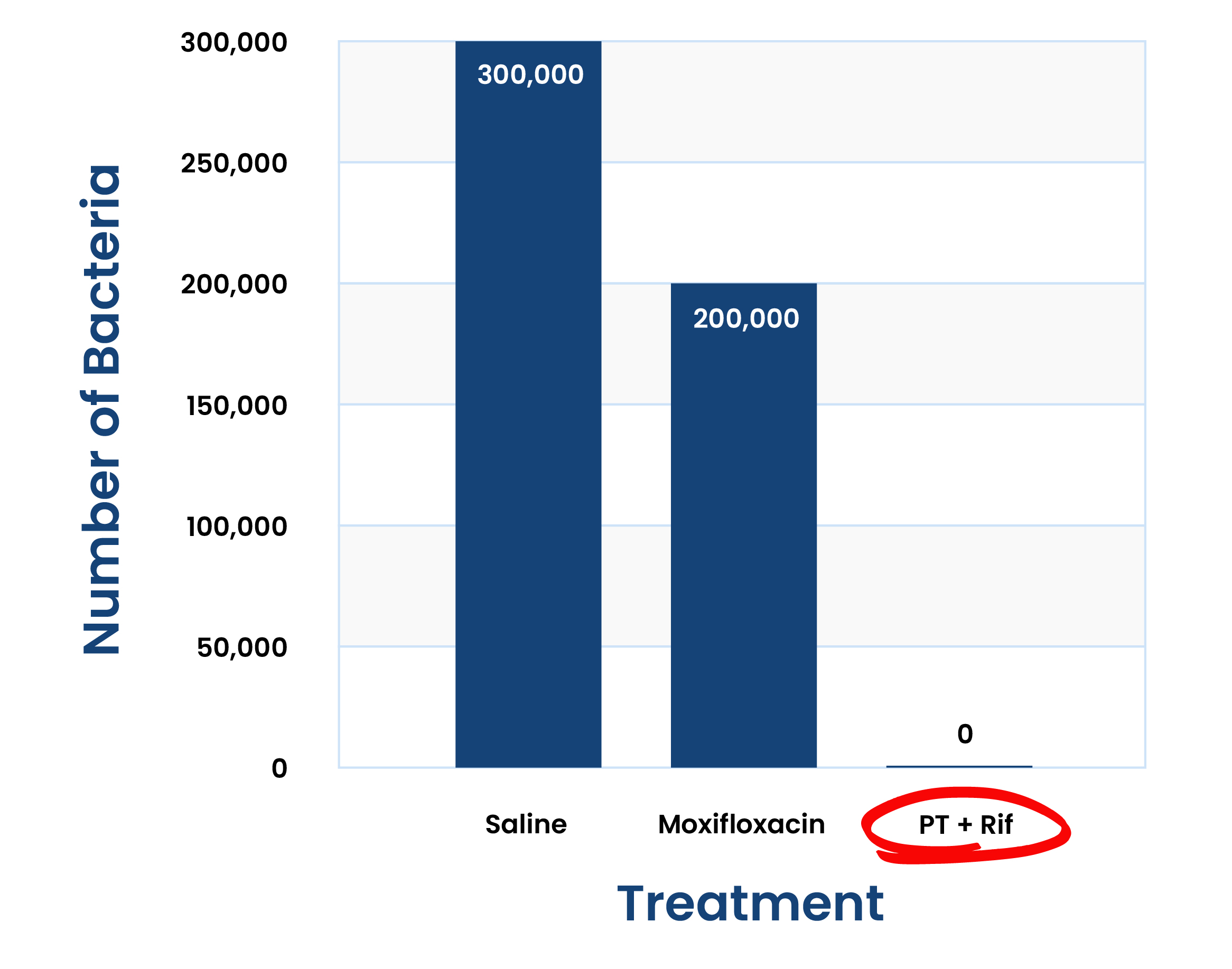Science
The rise of Antimicrobial Resistance
Antimicrobial Resistance (AMR) is predicted to be the #1 global cause of death by 2050. Nearly 100 years ago, antibiotics were among the first drugs ever to be developed, regulated, and commercialized. The “Golden Age” of antibiotic discovery soon followed but new drug development has dramatically slowed in recent years—despite the fact that AMR has increased creating an enormous healthcare void.
The lack of antimicrobial drug development, combined with the widespread use of existing antibiotics across medicine, agriculture, and other industries, has led to a surge of antimicrobial resistance throughout the world.


Process of Drug Discovery
The Dunman and Wozniak labs at the University of Rochester have taken a different approach to antibiotic drug discovery. Instead of synthesizing novel compounds, they search for novel combinations of existing antibiotics with synergistic effects—where the total impact is greater than the sum of the parts.
Advantages
Bacterial Keratitis is a vision-threatening disease impacting millions of patients around the world
Scientific Evidence
- AV2019F2 rapidly kills a broad range of drug resistant bacteria that causes serious eye infections
- Our combination is superior to current gold standards of treatment
- AV2019F2 demonstrates complete eradication of infection in disease models

References
Chojnacki M, Philbrick A, Wucher B, Reed J, Tomaras A, Dunman PM, Wozniak RAF. Development of a Broad-Spectrum Antimicrobial Combination for the Treatment of Staphylococcus aureus and Pseudomonas aeruginosa Corneal Infections. Antimicrobial Agents and Chemotherapy. 2018; 63:e01929-18.
Chojnacki M, Philbrick A, Scherzi T, Pecora N, Dunman PM, Wozniak RAF. A Novel, Broad-Spectrum Antimicrobial Combination for the Treatment of Pseudomonas aeruginosa Corneal Infections. Antimicrobial Agents and Chemotherapy. 2019; 63:e00777-19
Laskey E, Chen Y, Gruber E, Chojnacki M, Wozniak RAF. Efficacy of a Novel Ophthalmic Antimicrobial Drug Combination Towards a Large Panel of Staphylococcus aureus Clinical Ocular Isolates from Around the World. Cornea. 2020; 39(10):1278-1284
Mei JA, Johnson W, Kinn B, Laskey E, Nolin L, Bhamare P, Stalker C, Dunman PD, Wozniak RAF. Antimicrobial Activity of a Triple Antibiotic Combination Towards Ocular Pseudomonas aeruginosa Clinical Isolates. Translational Vision Science & Technology. 2022; 11(5):26
Shah S, Wozniak RAF. Staphylococcus aureus and Pseudomonas aeruginosa Infectious Keratitis: Key Bacterial Mechanisms that Mediate Pathogenesis and Emerging Therapeutics. Frontiers Cellular and Infection Microbiology. 2023; doi:10.3389/fcimb/2023/1250257
Chen ER, Wozniak RAF. Reimagining the Past: A Future for Antimicrobial Drug Discovery in Ophthalmology. Cornea. 2024; doi:10.1097/ICO.3391
Lakshminarayanan G, Wozniak RAF, Dunman PM, Sheba E, Joseph J, Garg P. Efficacy of a Novel Antibiotic Drug Combination Towards Multi-Drug Resistant Ocular Pathogens. Cornea. 2024; doi:10/1097/ICO.3528
King, Anthony. Antibiotic Resistance Will Kill 300 Million People by 2050. Scientific American. 2014;

